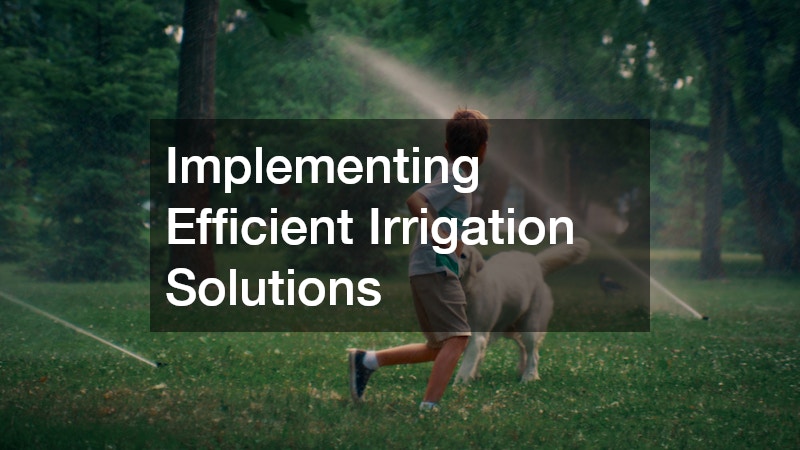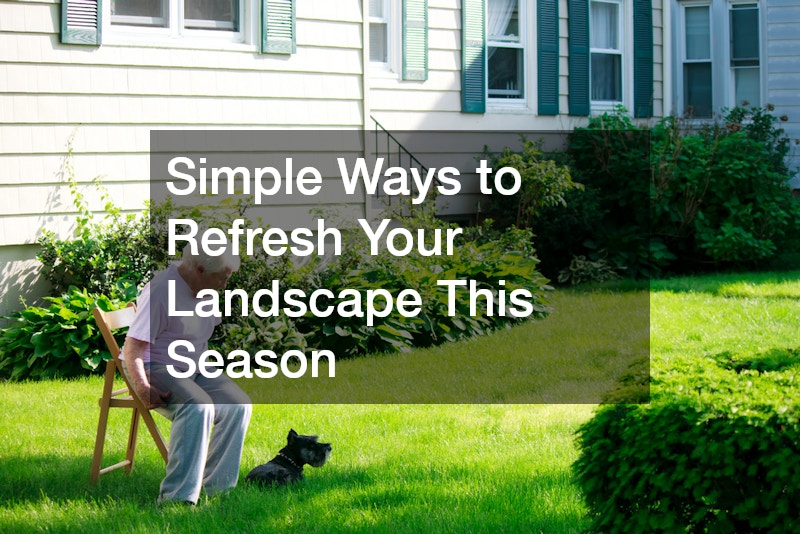Discover how to easily enhance your garden’s appeal with minimal effort and cost. This article explores simple strategies to rejuvenate your landscape, addressing commonly asked questions for a landscaping company, and providing actionable tips. Whether you’re a seasoned gardener or a beginner, these insights will help you create an inviting outdoor space.
How to Enhance Your Garden’s Aesthetic Appeal
Incorporating Seasonal Flowers
Flowers are a wonderful way to add personality to your garden and elevate its visual charm. Selecting seasonal blooms is crucial because they are naturally inclined to thrive during their particular growing season. By choosing flowers suited to your climate and soil conditions, you can ensure a burst of color that lasts throughout the season.
Consider vibrant annuals such as petunias or marigolds for summer and chrysanthemums or pansies for fall. These not only contribute to the aesthetic appeal but also attract pollinators, promoting biodiversity in your garden. Furthermore, focusing on native plants can lead to a more self-sustaining landscape with less need for chemical fertilizers.
Group flowers with similar sunlight and water requirements to make upkeep easier. Using perennials as the backbone of your garden structure with strategic bursts of annuals can produce a stunning visual display. Additionally, layering plants according to height can create depth and interest, transforming your garden into a dynamic and lively space.
Adding Mulch for Visual and Functional Benefits
Mulching is a landscape gardener’s secret weapon for a better-looking garden with benefits that go beyond aesthetics. It serves dual purposes: enhancing the garden’s visual unity and improving soil health. Organic mulches like shredded bark, wood chips, or straw can introduce a cohesive look while enriching the soil as they decompose.
Besides its visual appeal, mulch is excellent for moisture retention. In a survey, it was noted that gardens with mulch required up to 24% less water than those without. Additionally, using decorative mulch such as gravel or colored wood chips can match or complement your garden’s theme, adding an extra layer of visual intrigue.
Mulch helps suppress weeds, reducing the amount of time you’ll need to spend on garden maintenance. It also serves as an insulating layer, protecting plant roots against extreme temperature fluctuations. Thus, adding mulch is an investment in both the look and health of your garden that pays dividends season after season.
Cost-Effective Ways to Update Your Outdoor Space
Upcycling Old Materials
Get creative with upcycling unwanted materials to add unique features to your garden without incurring a hefty expense. Old materials like wood, stone, metal, or even tires can be repurposed into unique planters, garden sculptures, or even small water features. Not only does this save costs, but it also allows for personalized garden elements that showcase your creativity.
For instance, reclaimed wood can be transformed into rustic trellises or raised garden beds. This not only gives the material a new lease on life but also adds a warm, inviting look to the garden landscape. Similarly, old bricks or stones can be repurposed into chic garden paths or edging, contributing both functionality and style.
Metal scraps from old furniture or tools could serve as trellises or plant stands. Upcycling aligns perfectly with environmentally sustainable practices, allowing you to reduce waste and add character at the same time. Moreover, using upcycled materials can make your garden a conversation piece, giving visitors something special to admire and discuss.
DIY Landscaping Projects
DIY projects offer an accessible way to personalize your landscape using skills and tools you likely already have. Simple tasks, such as constructing a garden path or painting old pots, can freshen up your space significantly. With numerous online tutorials and guides available, even the most novice gardener can implement effective garden projects.
Consider building a simple pergola to provide shade and structure to your garden area—a well-placed piece that becomes a focal point for your outdoor space. Creating garden markers from natural or recycled materials can add an artistic touch while promoting plant organization. Self-installed water features like birdbaths or small fountains can beckon wildlife while adding soothing soundscapes to your outdoor area.
Maintain a Low-Maintenance Landscape Design
Choosing Hardy Plant Varieties
For those seeking beauty without the burden of constant care, hardy plant varieties are an excellent choice. These plants are bred for toughness, able to resist damage from pests and diseases while thriving under variable weather conditions. Popular hardy plants include native grasses, sedums, and drought-resistant perennials like lavender and Russian sage.
By incorporating hardy plants into your landscape, you reduce the need for chemical interventions and frequent care routines. This leads to a more sustainable and eco-friendly garden, aligning with modern environmental considerations. Many hardy plants also provide year-round interest, featuring changes in color and texture that vary with the seasons, giving a dynamic quality to your garden.
Implementing Efficient Irrigation Solutions
Adopting efficient irrigation practices can significantly ease the management of your landscape while conserving water. Drip irrigation systems, for example, deliver water directly to the plant roots, minimizing waste and optimizing water usage. According to experts, these systems can use 30-50% less water compared to traditional methods.
Another effective strategy is scheduling irrigation during early morning or late afternoon hours to minimize evaporation. Smart irrigation controllers provide even greater control by adjusting water schedules based on weather conditions and soil moisture levels. This ensures plants receive adequate hydration without overwatering, promoting sustainable landscaping practices.
By applying these simple yet effective strategies, you can refresh and maintain a beautiful landscape throughout the season. Whether you’re aiming for enhanced aesthetics, cost efficiency, or easier maintenance, these tips provide practical solutions to invigorate your outdoor space. Embrace these methods and enjoy a thriving, eye-catching garden that’s attentive to both your lifestyle and environmental values.



